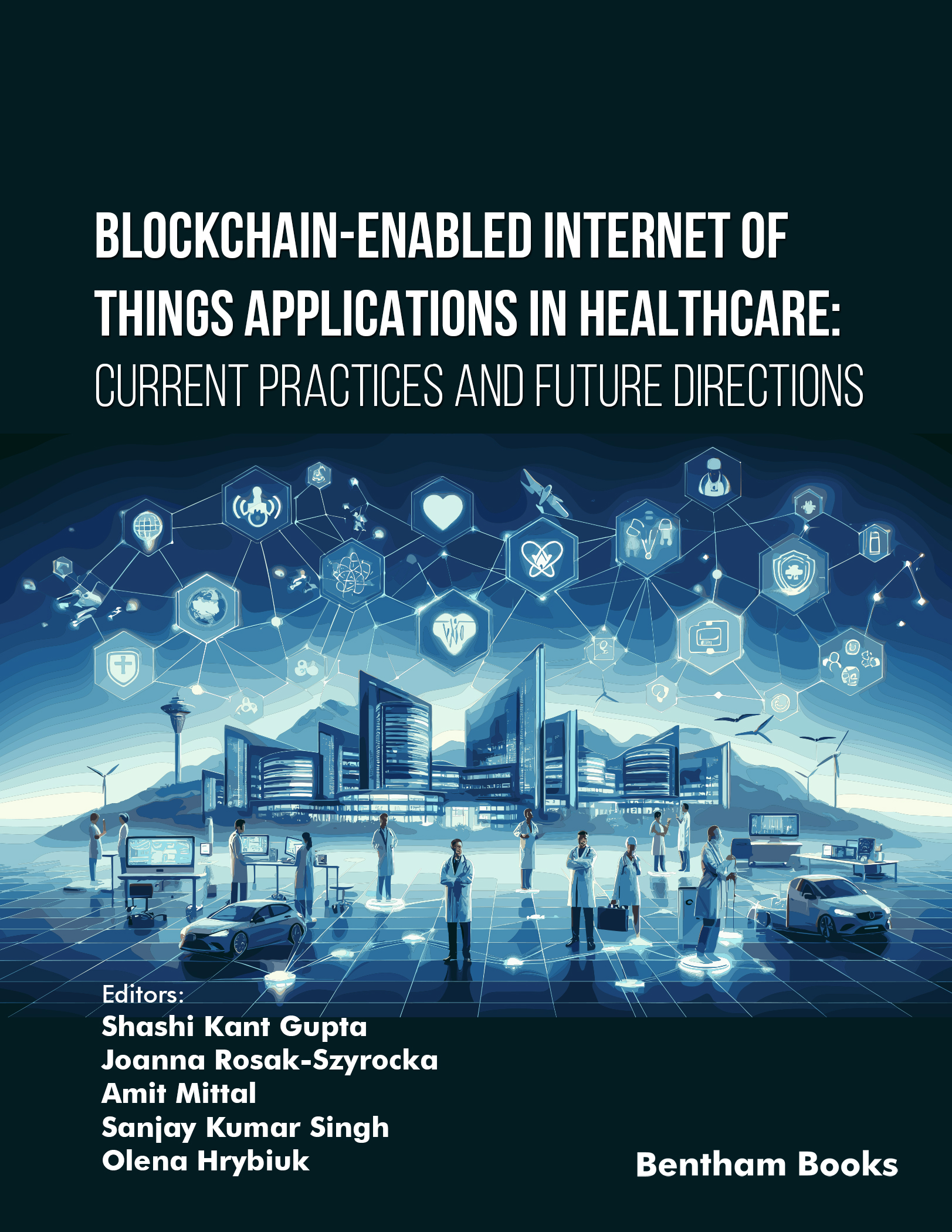AI-Assisted Crop Management Using the LSTM Model in Smart Farming

- Authors: Prabakaran Natarajan1, Abhijai Rajawat2, Akshat Chaube3, Anshul Mahlavat4, Ramanathan Lakshmanan5
-
View Affiliations Hide Affiliations1 School of Computer Science and Engineering, Vellore Institute of Technology, Vellore 632014, India 2 School of Computer Science and Engineering, Vellore Institute of Technology, Vellore 632014, India 3 School of Computer Science and Engineering, Vellore Institute of Technology, Vellore 632014, India 4 School of Computer Science and Engineering, Vellore Institute of Technology, Vellore 632014, India 5 School of Computer Science and Engineering, Vellore Institute of Technology, Vellore 632014, India
- Source: Blockchain-Enabled Internet of Things Applications in Healthcare: Current Practices and Future Directions , pp 234-257
- Publication Date: January 2025
- Language: English
AI-Assisted Crop Management Using the LSTM Model in Smart Farming, Page 1 of 1
< Previous page | Next page > /docserver/preview/fulltext/9789815305210/chapter-11-1.gif
The use of information and communication technologies in agriculture to increase productivity, efficiency, and sustainability is known as smart farming. The implementation of predictive analytics and data-driven insights in smart farming enhances the effectiveness of agricultural systems as a whole, decision-making processes, and resource allocation. This study compares the use of the algorithms long short-term memory (LSTM), support vector machine (SVM), deep belief network, Naive Bayes, artificial neural network (ANN), and gated recurrent unit (GRU) in optimizing agricultural operations. The study highlights how using LSTM in smart farming has the ability to transform traditional agricultural methods, resulting in sustainable, higher-yield output while minimizing resource loss and environmental impact. Smart farming has emerged as a new approach for modernizing and optimizing agricultural practices through the integration of cutting-edge technology, with a focus on machine learning in particular. Various algorithms were applied to this dataset, producing measurable results like accuracy, loss, correct detection rate (CDR), and false discovery rate (FDR). Through an extensive comparative study, it was identified that the long short-term memory (LSTM) algorithm was the most promising choice for the dataset. Following the application of machine learning algorithms on different training to test splits like 80-20, 70-30, 65-35, 60-40, and 55-45, it was found that LSTM has the best accuracy on average, ranging from 95% to 98%. The exploration of LSTM demonstrated its potential to significantly enhance decision-making processes for farmers and researchers, ultimately improving agricultural efficiency and outcomes.
-
From This Site
/content/books/9789815305210.chapter-11dcterms_subject,pub_keyword-contentType:Journal -contentType:Figure -contentType:Table -contentType:SupplementaryData105

